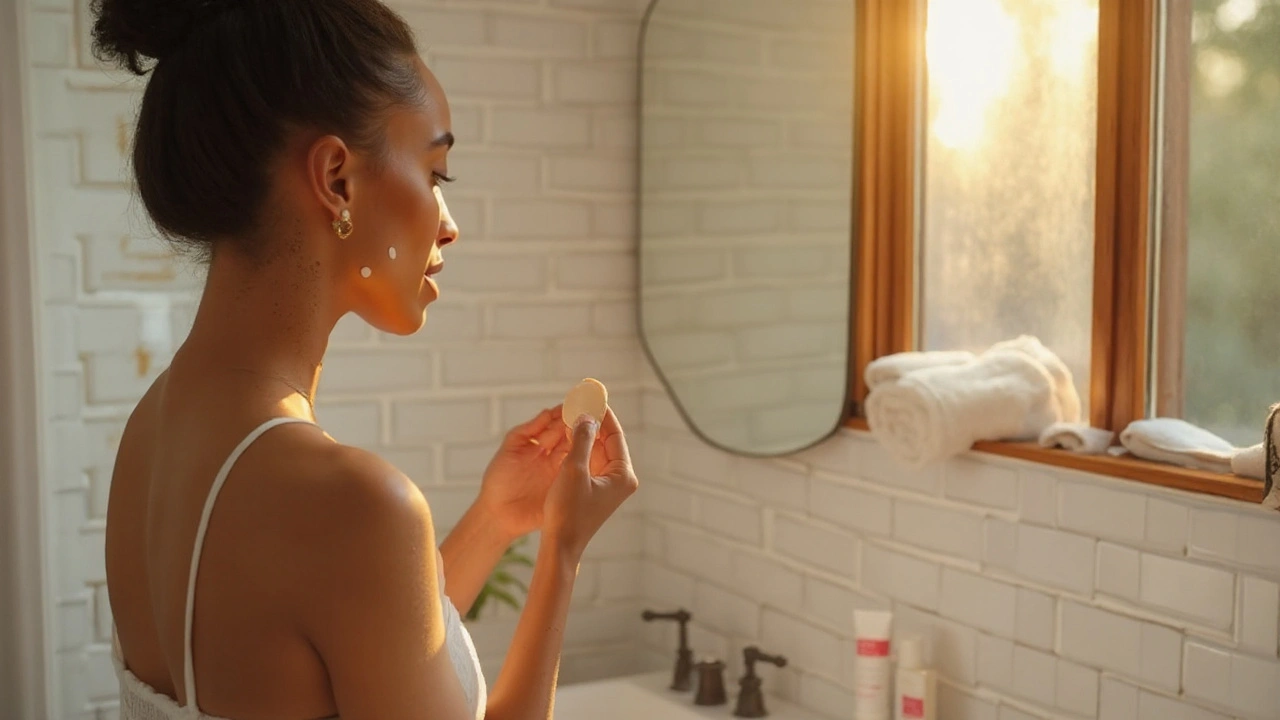Benzoyl Peroxide: What It Is and How to Use It Right
If you’ve fought acne, you’ve probably seen a tube of benzoyl peroxide at the pharmacy. It’s a tried‑and‑true acne fighter that kills bacteria, unclogs pores, and reduces inflammation. The good news? It works fast and is cheap. The bad news? It can dry out skin if you don’t use it correctly.
How to Apply Benzoyl Peroxide for Best Results
Start with a clean face. Wash with a gentle cleanser, pat dry, then wait a minute for your skin to settle. Use a pea‑sized amount of 2.5% or 5% gel/cream and spread it thinly over the affected area. Don’t rub it in like a lotion; a light dab is enough. Let it dry for a few minutes before putting on any other product. If you’re new to it, begin every other night to see how your skin reacts, then move to nightly use if you tolerate it well.
Always follow up with a moisturizer. Look for non‑comedogenic formulas that won’t clog pores. Applying moisturizer after the benzoyl peroxide has fully absorbed helps lock in moisture and reduces the stinging sensation many people feel.
Common Side Effects and How to Keep Them in Check
Dryness, peeling, and a mild burning feeling are normal, especially during the first week. If you notice excessive redness or itching, cut back to every third night or switch to a lower concentration (2.5%). Using a gentle sunscreen during the day is a must—benzoyl peroxide can make your skin more sensitive to UV light.
One myth is that benzoyl peroxide will turn your skin white. In reality, the white residue you sometimes see is just the product itself, not a permanent change. Rinse your pillowcases and sheets regularly, because the gel can transfer onto fabrics and cause temporary bleaching.
If you’re using other acne products like retinoids or salicylic acid, space them out. Applying benzoyl peroxide in the morning and a retinoid at night works for most people. Mixing them at the same time can increase irritation.
When you’re done, you’ll likely see fewer breakouts and smoother skin within a few weeks. Consistency is key—skip a night and you might notice a flare‑up, but getting back on track will usually keep the progress.
Remember, benzoyl peroxide is a medication, not a miracle cream. Pair it with good hygiene, a balanced diet, and stress management for the best upside. If severe acne persists, talk to a dermatologist; they might suggest combining benzoyl peroxide with prescription treatments for stronger results.
Bottom line: start low, stay moisturized, protect from the sun, and give it a few weeks. You’ll likely see clearer skin without the drama of harsh side effects.

